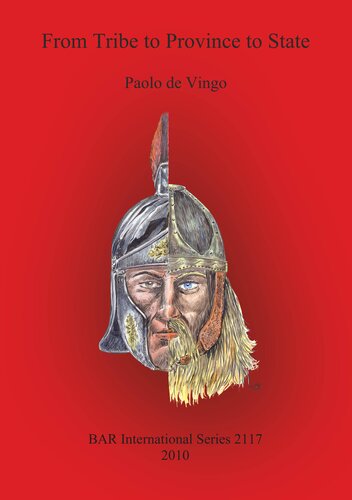

Most ebook files are in PDF format, so you can easily read them using various software such as Foxit Reader or directly on the Google Chrome browser.
Some ebook files are released by publishers in other formats such as .awz, .mobi, .epub, .fb2, etc. You may need to install specific software to read these formats on mobile/PC, such as Calibre.
Please read the tutorial at this link: https://ebookbell.com/faq
We offer FREE conversion to the popular formats you request; however, this may take some time. Therefore, right after payment, please email us, and we will try to provide the service as quickly as possible.
For some exceptional file formats or broken links (if any), please refrain from opening any disputes. Instead, email us first, and we will try to assist within a maximum of 6 hours.
EbookBell Team

0.0
0 reviewsThis study focuses on the diversity with which early medieval society formed not only among macro European zones but also within individual areas, and thus on the need to look beyond the models elaborated during a phase in which archaeological sources were still fragmentary and inadequate. Through a combination of historical and documented-based investigation and the most recent extensive archaeological data, the author makes a comparative analysis of the different results of the movements of Germanic groups, especially in the particularly representative area of northern Italy and the Alpine system, during various periods: in the 5th century as auxiliary troops under the control of the same Roman Empire (Burgundians), then as the new military élites and finally as the new ruling class (Ostrogoths and Langobards), revealing how the cultural evolution of the new sites appears to be strictly correlated to different situations and often common to the new Germanic element and to the local Romanised components. Interesting and stimulating concepts that underscore the formation of a shared culture are presented in this contribution along with a refreshing new perspective of certain aspects, such as the evolution of clothing and funerary rituals, already considered expressions of simple ethnic preservation.